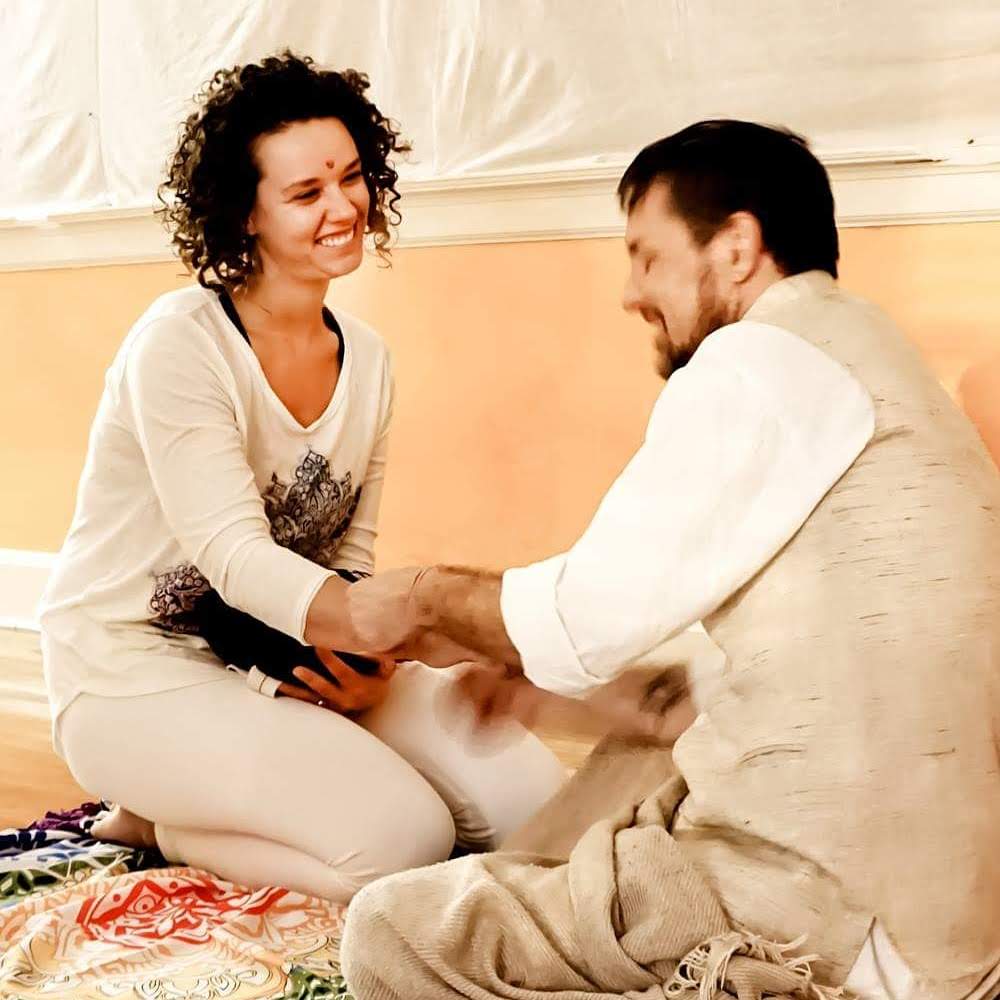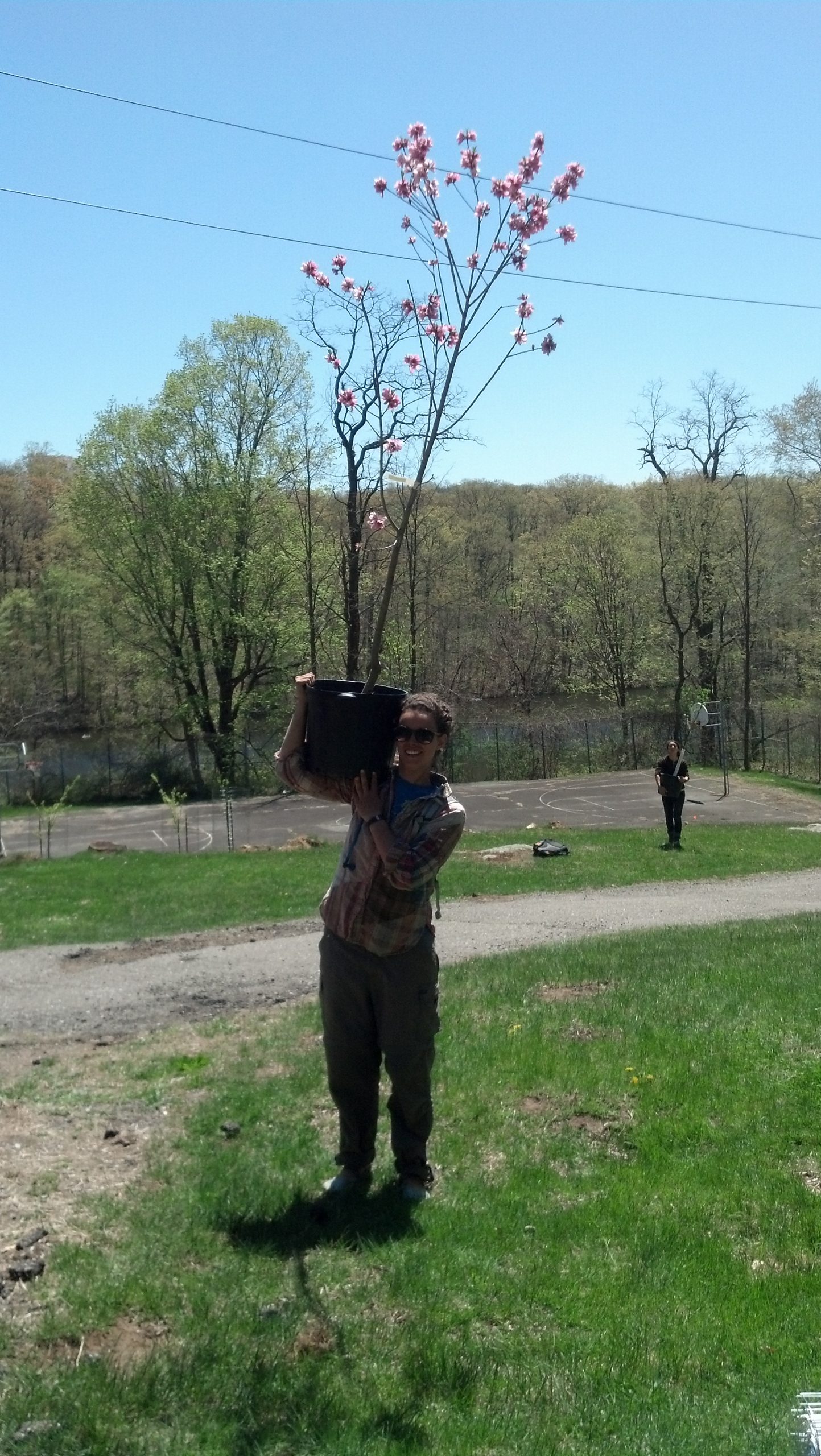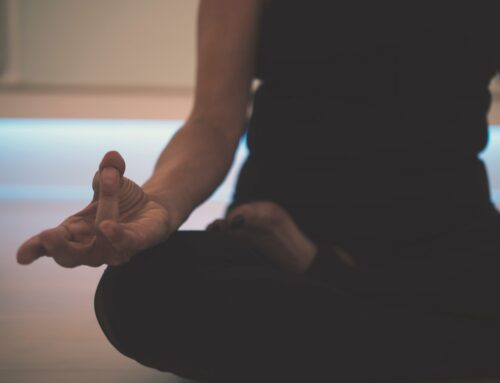From time to time, I get questions from people who want to teach yoga. Some ask about training—“Where should I go for my 200-hour certification?” (Answer: the Mahashanti School of Yoga in Mexico). But more often than not, the questions are bigger: “Am I ready to teach yoga?” “What’s it really like to be a yoga teacher?” “What advice do you have for someone like me who is just starting this journey?”
If you’re reading this, you’ve probably asked yourself some version of these questions, and I want to acknowledge how significant it is that you’re asking. Yoga isn’t just a job—it’s a calling, a practice, and a responsibility. In this post, I’ll share advice for aspiring yoga teachers based on my experience, to help you understand what it really means to teach yoga, and if it’s the right path for you.
Why Do You Want to Teach Yoga?
When people ask me if they’re ready to teach yoga, I always start by asking: Why do you want to teach? And I encourage you to ask yourself the same question.
Yoga is not about being perfect at asanas or impressing people with your practice. It’s about helping others connect with themselves and confront the challenges within. It’s about facilitating a space where students can explore not just their bodies, but their hearts and minds. Teaching yoga requires dedication—more than you might expect. If you’re looking for a job that’s glamorous or easy money, in my opinion, yoga teaching isn’t it.
But if you’re looking for something that brings meaning, growth, and connection—not just for your students, but for yourself—then this is a path worth considering. Teaching yoga is an act of service. It requires you to show up fully, day after day, for both your students and your practice. Yoga asks you to be vulnerable, to face the parts of yourself you’d rather avoid, and to hold space for others as they do the same.
The Reality of Teaching Yoga
As a teacher, you’ll need to be prepared for doing uncomfortable work. I think it was Dr. Robert Svoboda who once said, “If you’re looking for something that feels good, get a massage.” Yoga isn’t always about feeling good. It’s about being present with discomfort—whether it’s physical, mental, or emotional—and helping your students do the same. And that work is hard. It’s not always going to feel like a peaceful, blissful practice. But when you can guide others through those moments, it can be one of the most powerful things you’ll ever do.
Yoga teaching, especially when you make it your own business, also comes with practical challenges. Generally, no one is giving you paid vacation time or health insurance. You’ll work nights and weekends when most people are off relaxing. And it’s up to you to show up, to be accountable, when you feel like, and when you don’t.
I love my job, but there are moments when I wish I could just work from home for the day, or that I could just finish that last thing and it wouldn’t matter if I was running a few minutes late. If you’re someone who can embrace the responsibility and still find fulfillment in showing up for others, yoga teaching can be incredibly rewarding.
Finding Your Teaching Style
I believe that when you teach yoga, your teaching should reflect who you are, what you truly value, and the truth ofyoga. If you’re teaching yoga, it needs to be yoga—not a workout dressed up as yoga. If it’s just a physical exercise, that’s great—but call it that.
When I first started teaching, I realized that there were plenty of places for people to practice at a studio. What I wanted to offer was something different—something less intimidating, perhaps, where people could connect with nature and animals. I wanted to teach yoga in a way that honored my love for the environment. That’s why I offer outdoor yoga classes and yoga with animals. It’s important that your teaching reflects who you are, but it’s just as important that it reflects the essence of yoga itself.
Stay Humble and Do Your Best
We’re all human, and at some point, you’ll likely receive feedback that’s hard to hear. The key is to stay humble and not take it personally. Everyone’s feedback comes from their own worldview. Sometimes it’s helpful, and sometimes it’s not. You’ll have to learn how to differentiate between feedback that will help you grow and feedback that isn’t relevant to your teaching style.
For example, early in my teaching journey, a student told me, “The last teacher gave us more philosophy in class.” That feedback was hard to hear, but ultimately great—it made me realize that my students were looking for more depth, and I could offer more of that in my classes. It helped me grow as a teacher.
On the other hand, I once had a student who was continually asking me to play music during my park classes. They made playlists and continually had music suggestions, and quite frankly, it didn’t matter how many times they brought it up. I wasn’t going to do it. I wanted to create an opportunity for students to hear the birds, the wind, and their own breath. Not every person will love every class. It’s about knowing your truth and standing by it, while also being kind and respectful.
Keep Learning and Growing
Yoga is a lifelong journey, and so is teaching. You’ll never have all the answers, and that’s okay. There’s always something more to learn—whether it’s about the philosophy, the practice, or yourself. What’s important is that you remain a student, stay curious, and continue your own practice of self-realization.
Remember that teaching yoga is not about being perfect. It’s about showing up as yourself, doing your best, and always learning from your students and your own experiences. Stay humble, stay open, and keep evolving.
If you’re reading this, I’d say you’re already on the right path. Having questions shows that you’re thinking deeply about what it means to teach yoga and what it means to follow your path in this life.
Keep exploring, both on and off the mat. The answers you’re seeking will come.




